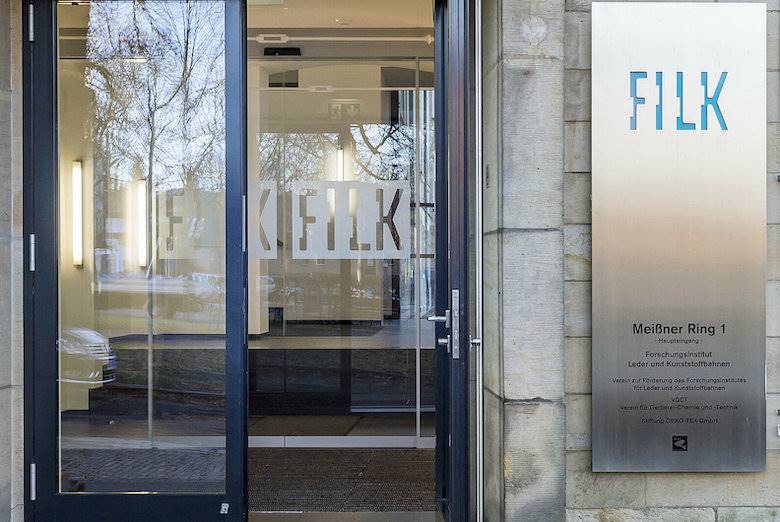Tests show that substitutes fall short

In the face of the ongoing presentation in many parts of the fashion industry of non-leather alternatives as being more desirable than the real thing, the leather industry’s representative body in the European Union, COTANCE, decided to put some of the claims to the test.
COTANCE procured samples of eight widely talked about alternative materials and asked renowned testing and research centre FILK to test the material properties of all ten. FILK has published the results in a paper called ‘Comparison of the Technical Performance of Leather and Trendy Alternatives’.
None of the substitute materials exhibited all of the performance characteristics of leather, FILK has reported, and some of them contained chemicals of concern.
At the time of the announcement, COTANCE said: “The fascination with one of the oldest natural materials in the world remains unchanged, and no wonder, because the material is a true all-rounder. It lends a noble touch to fashion, footwear, accessories and furniture, and it brings many functional properties such as durability, tear-resistance and breathability.”
FILK experts carried out standardised physical and chemical tests on eight substitute materials that have come to market in the recent past. As a reference, it subjected a sample of leather to the same tests.
It concluded that technical progress among the manufacturers of synthetic materials has led to some of these having “individual properties that are similar here and there to leather’s”. However, it found that none of the tested substitutes could “truly be called an alternative to leather”.
In the tests, leather proved superior in terms of water vapour absorption and water vapour permeability, with the other materials scoring “significantly lower than leather” in these tests. Leather also showed a superior performance in flex and tear-resistance tests, indicating greater durability.
Another point that COTANCE made was that, although the producers of synthetic alternatives often present their products as being good alternatives to leather, there is frequently a lack of transparency about exactly what these alternatives are made from. The FILK tests have uncovered more detail.
One of the materials it subjected to the tests was Desserto. The tests showed that the material does contain cactus fibres, as its manufacturers say, but in the sample that FILK tested, the plant fibres were contained in a polyester carrier fabric that had two layers of polyurethane on top. The sample was 65% polyurethane.











